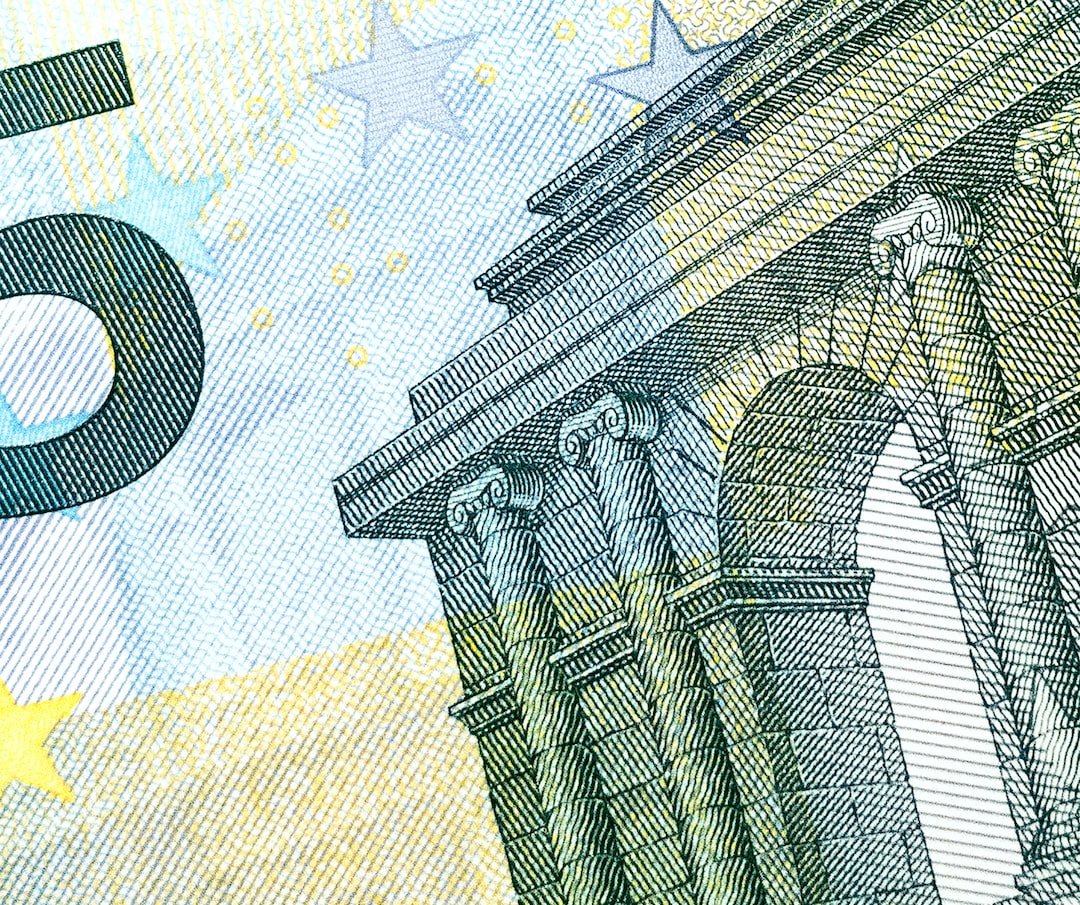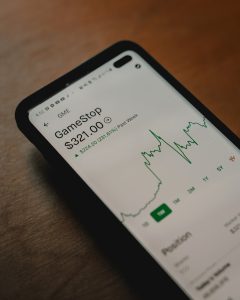Forex trading can be a complex and challenging endeavor, but the use of automated trading systems, known as Expert Advisors (EAs), can help simplify the process. An EA is a program that can be designed to automatically trade on behalf of a trader, based on a set of predefined rules and parameters. In this article, we will discuss how to make a forex EA.
Step 1: Define your strategy
The first step in creating an EA is to define your trading strategy. This involves identifying the indicators and signals that you want the EA to use in making trading decisions. You should have a clear idea of what you want to achieve with your EA, whether it is to capture short-term gains or long-term profits.
Step 2: Choose your programming language
Once you have your trading strategy in place, you will need to choose a programming language to write your EA. The most common programming languages used for creating EAs are MQL4 and MQL5, which are specific to the MetaTrader 4 and 5 platforms respectively. Other languages such as Python, C++, and Java can also be used.
Step 3: Familiarize yourself with the platform
Before you start coding your EA, you need to have a good understanding of the platform you will be using. This includes knowing how to use the charting tools, indicators, and other features of the platform. You should also be familiar with the API (Application Programming Interface) documentation that is provided by the platform.
Step 4: Write your code
Now that you have your strategy defined, your programming language chosen, and are familiar with the platform, you can start writing your code. This involves translating your trading strategy into a set of rules that the EA can understand and follow.
Your code should include the following:
Opening and closing trades based on your strategy
Money management, including stop loss and take profit levels
Risk management, including position sizing and trade frequency
Trade entry and exit signals, including indicators and other market data
Step 5: Backtest and optimize your EA
Once you have written your code, you will need to backtest and optimize your EA. Backtesting involves testing your EA using historical data to see how it would have performed in the past. This will help you identify any issues with your strategy and fine-tune your parameters.
Optimization involves testing your EA using different parameter settings to see which ones perform best. This can be a time-consuming process, but it is important to ensure that your EA is optimized for maximum profitability.
Step 6: Test your EA on a demo account
Before deploying your EA on a live account, you should test it on a demo account to ensure that it is functioning correctly. This will also give you an opportunity to monitor the performance of your EA in real-time and make any necessary adjustments.
Step 7: Deploy your EA on a live account
Once you are satisfied that your EA is functioning correctly and has been properly tested, you can deploy it on a live account. It is important to monitor the performance of your EA closely and make any necessary adjustments to ensure that it continues to perform as expected.
Conclusion
Creating a forex EA can be a challenging process, but with the right strategy, programming language, and platform, it is possible to create a profitable automated trading system. By following the steps outlined in this article, you can create an EA that is optimized for maximum profitability and performance.






